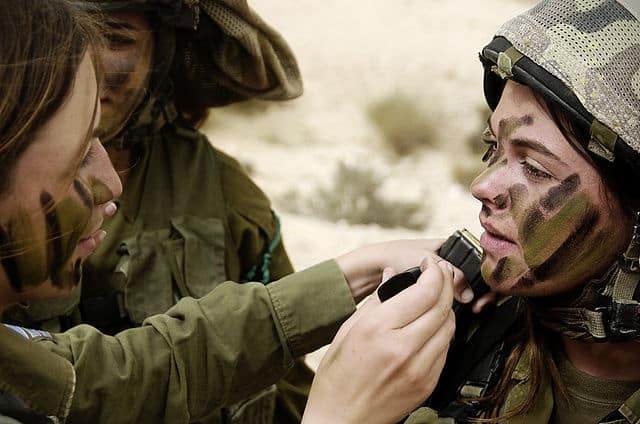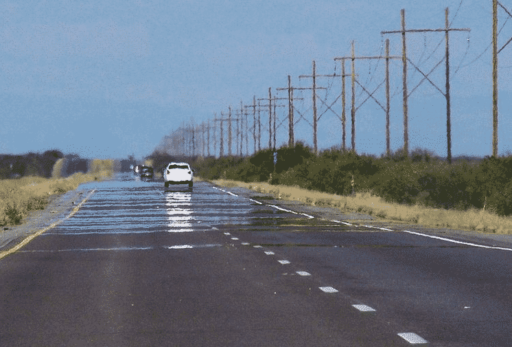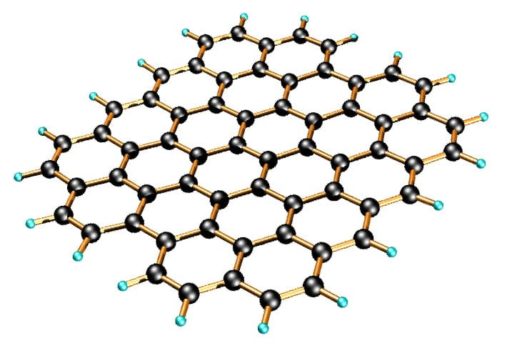For soldiers’ in a battlefield, one of the hardest things to protect, without restricting vision or breathing, is the face. Regular camouflage face paint, with its oil and wax base layers, makes things worse. So, scientists at the University of Southern Mississippi have developed a new version of face paint which can protect soldiers’ skin from explosions and heat of up to 1000 degrees Fahrenheit.
The heat generated from a bomb blast can burn the soldiers’ face and other uncovered skin like hands, legs etc. When a thermal blast occurs, it lasts only two seconds. But within those two seconds, its heat wave exceeds 1,112 degrees Fahrenheit (600 degrees Celsius). Therefore, it can literally cook the face and other uncovered skins of the soldiers.
The U.S. Department of Defense has been looking for such a thing that can keep the soldiers’ uncovered skins safe during bomb blasts. A team including of Dr. Paige Buchanan, Kelli Booth, Michelle McClusky, Laura Anderson and Robert Lochhead has come up with a solution.
These scientists have developed an exceptional face paint. To create this face paint, rather than using the traditional make-up ingredients such as mineral oil, spirits and wax that melt and burn the skin when exposed to high temperatures, the scientists used silicone, which does not absorb extreme heat but reflects it. In silicone, there is an insect repellent material called DEET. DEET is flammable, but the scientists encapsulated the material in a water-rich “hydrogel” to prevent it from catching fire.
The resultant face paint not only blend in the soldiers’ skins with the natural environment and shield them from enemies, but also provide protection from the extreme heat of bomb blasts.
Professor Robert Lochhead, on behalf of the other scientists presented this breakthrough material with details on August 22, 2012, Wednesday, at the 244th National Meeting & Exposition of the American Chemical Society in Philadelphia, the world’s largest scientific society.
Now, the team is developing a colorless paint for firefighters who don’t necessarily need to camouflage up but could greatly be benefited when they are on a mission. Lochhead said that he and his team will test the face paint on other surfaces to see if it can protect materials other than human skin, including clothing and tents.
Source : New Scientists
[ttjad keyword=”electronic”]




